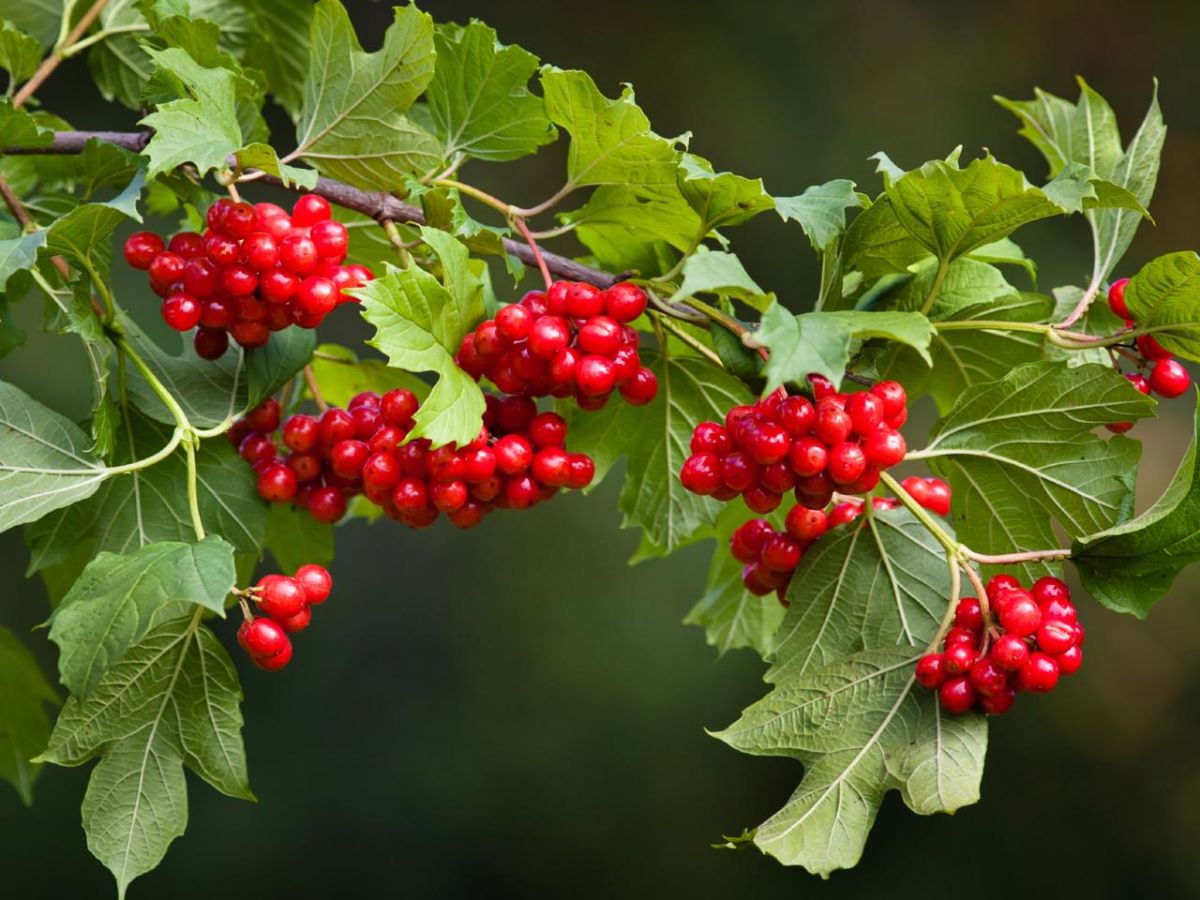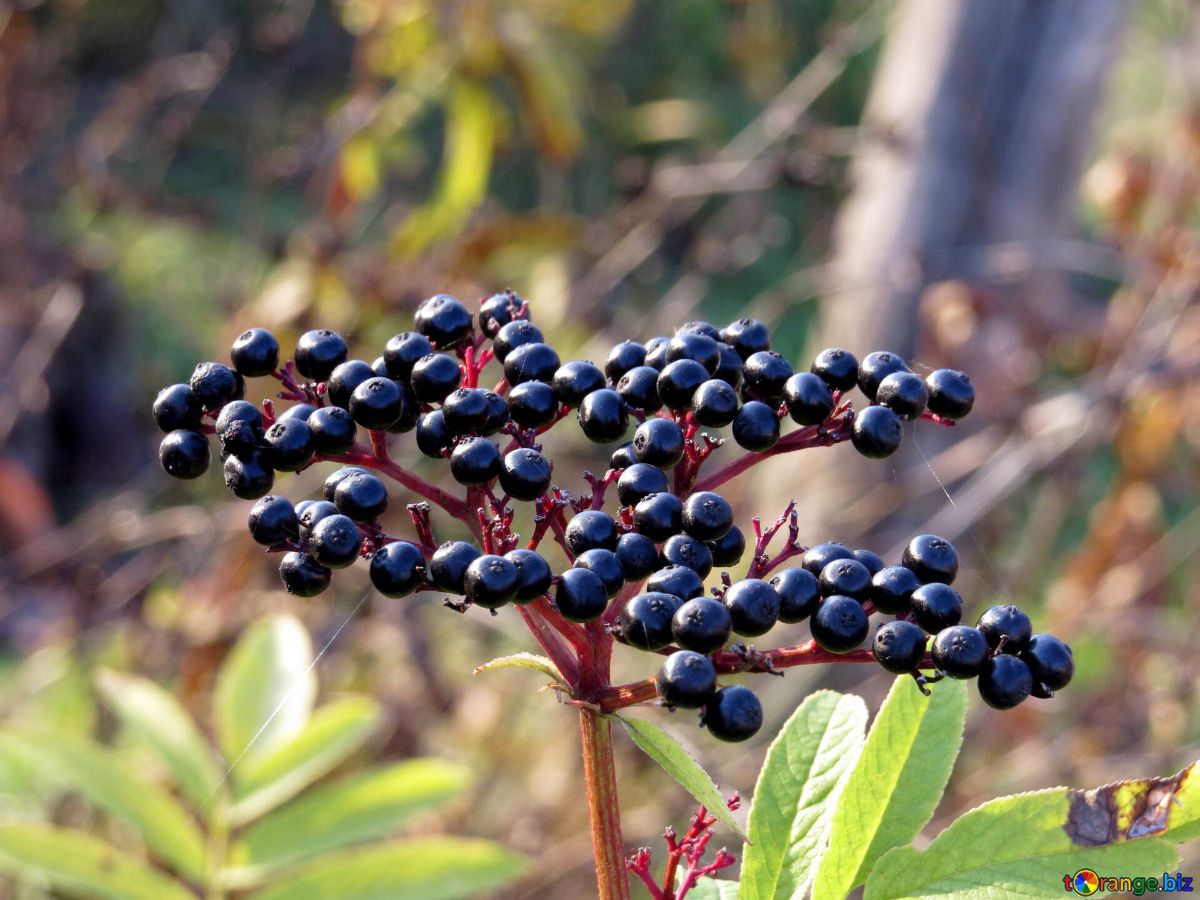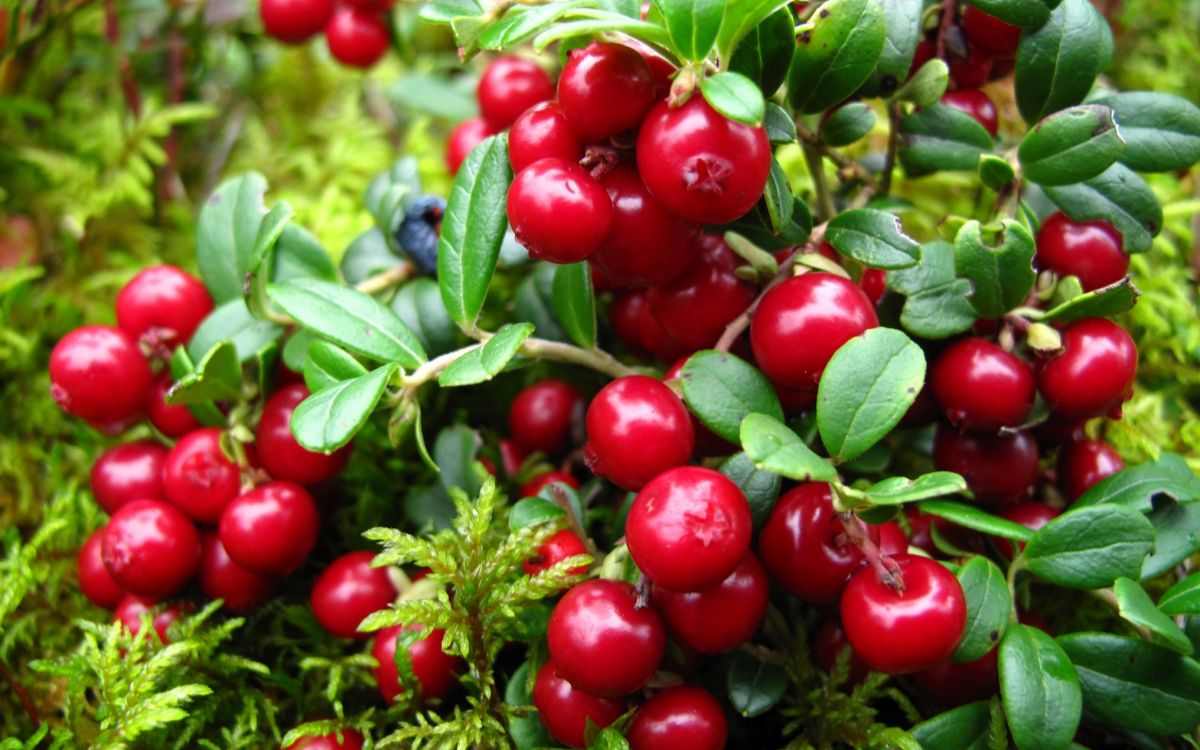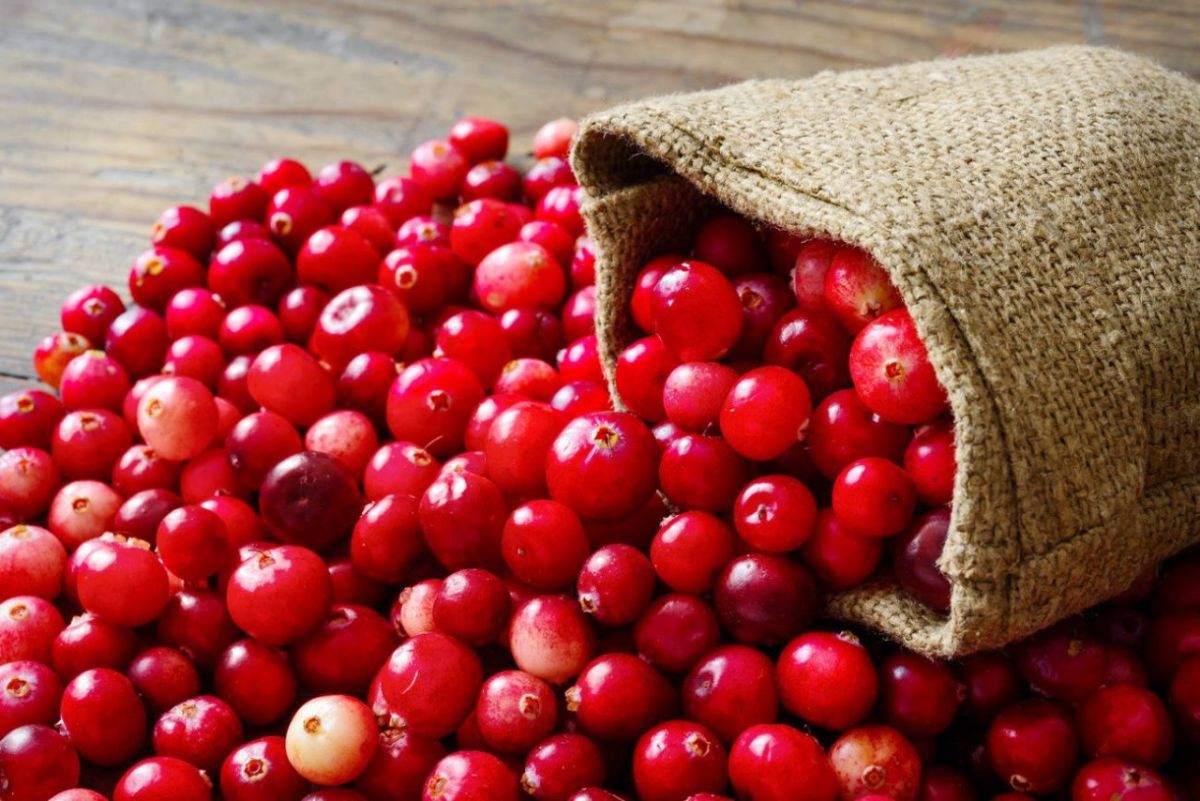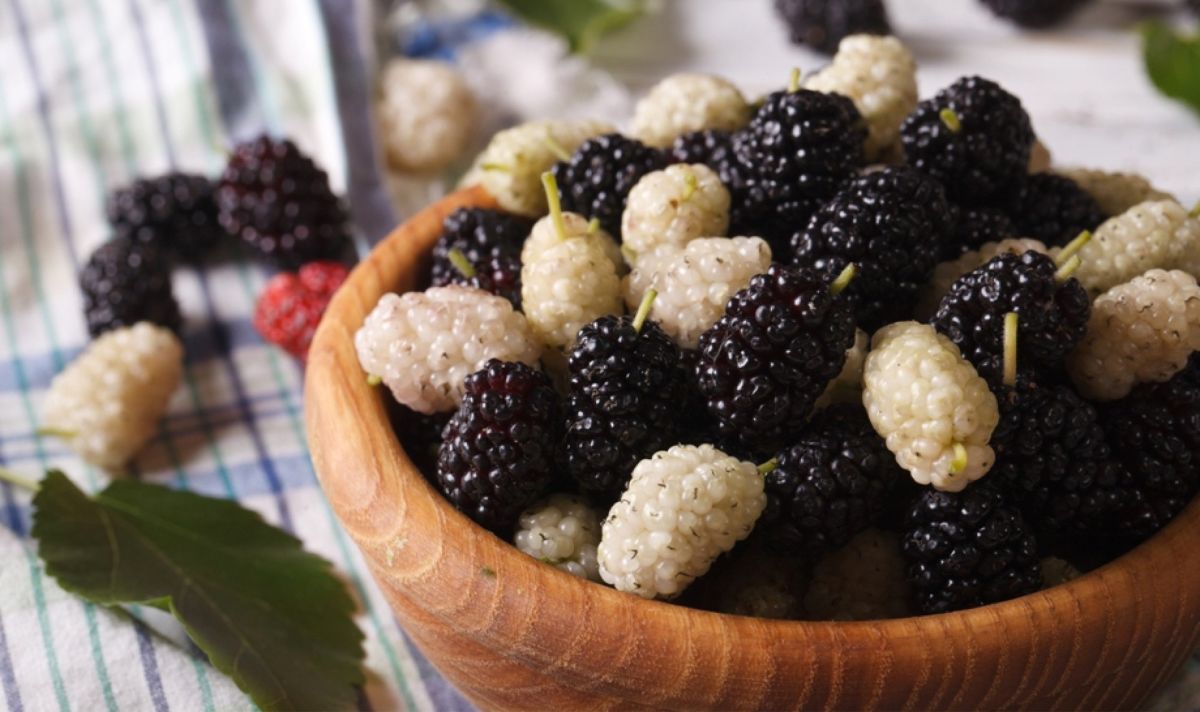What is useful for barberry — 7 facts about its effect on health
Barberry is a small shrub with sour red berries, which are high in vitamin C and berberine.
Recently, more and more attention has been paid to barberry for its beneficial health properties: from the treatment of inflammatory diseases to the prevention of uterine bleeding and even the prevention of cancer.
Scientists claim that the plant has a pronounced antioxidant effect and can be used to prevent a number of diseases from the endocrine and cardiovascular systems. Barberry also prevents the development of oncology, improves the health of the skin and oral cavity.
Content
7 facts about the benefits of berries
Below are the 7 main facts about the benefits of barberry fruits, which are confirmed in research.
1. It is a source of valuable nutrients

Barberry is a product with an average calorie content (about 84 calories per 100 grams), which contains the following biologically active substances:
| Name of the substance | Percentage of the recommended daily requirement per 100 grams of fruit |
| Vitamin C | 213 % |
| Vitamin E | 28 % |
| iron | 145 % |
| potassium | 11 % |
| dietary fiber | 15 % |
Barberry is especially appreciated for its high content of vitamin C, which is a powerful antioxidant (protects against chronic diseases of the heart and blood vessels, as well as cancer), strengthens the immune system and improves the condition of the skin.
In addition, barberry contains small amounts of zinc, copper and manganese – trace elements, responsible for maintaining the functioning of the immune system and preventing a variety of infectious and inflammatory pathologies.
2. Antioxidant effect
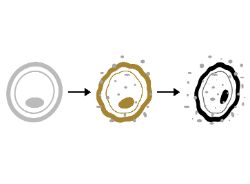 Barberry is rich in a special plant compound – berberine, which has a number of medicinal properties.
Barberry is rich in a special plant compound – berberine, which has a number of medicinal properties.
Berberine is a powerful antioxidant that, like claim experts from Egypt, can be used to suppress free radical mechanisms and oxidative stress. It is free radicals that damage all cells of the body and cause their malignant degeneration.
Also berberine reduces the concentration of glucose in the blood, has an anti-inflammatory effect and slows down the progression of chronic pathologies from the cardiovascular and digestive systems.
3. Reduction of blood sugar
 Berberine also increases the sensitivity of peripheral tissue cells (muscle and fat) to insulin, which improves the utilization of glucose by cells and reduces its concentration in the blood.
Berberine also increases the sensitivity of peripheral tissue cells (muscle and fat) to insulin, which improves the utilization of glucose by cells and reduces its concentration in the blood.
So the barberry affects on the main pathogenetic mechanism of the development of type II diabetes mellitus.
In addition, berberine, according to information by Italian scientists, it affects the metabolism of carbohydrates in the intestine, slowing their absorption and preventing sudden spikes in glucose after eating.
In one of the small studies it was installed that taking 1.5 grams of berberine per day led to a marked decrease in the level of glycated hemoglobin (an indicator of blood sugar levels for 3 months).
It should be noted separately that the effect of exclusively barberry extract or separately berberine was studied. The effect of the fruits of the plant on the body has not been studied.
4. Improving the functioning of the gastrointestinal tract
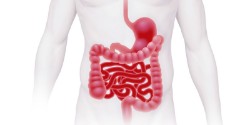 Barberry, according to the data
experiments on rats, slows down the passage of feces in the lumen of the digestive tube due to the effect on a number of receptor complexes of the intestinal musculature.
Barberry, according to the data
experiments on rats, slows down the passage of feces in the lumen of the digestive tube due to the effect on a number of receptor complexes of the intestinal musculature.
This property allows you to use the plant in order to eliminate the main symptoms of diarrhea.
Barberry also can be applied for the treatment of irritable bowel syndrome with a predominance of diarrhea syndrome. The plant reduces the incidence and severity of diarrhea.
5. Prevention of metabolic syndrome
 Metabolic syndrome is a complex of symptoms that includes the following pathological components: an increase in adipose tissue mass; decreased sensitivity of insulin receptors; impaired metabolism of carbohydrates, purines; increased blood pressure and cholesterol in the blood.
Metabolic syndrome is a complex of symptoms that includes the following pathological components: an increase in adipose tissue mass; decreased sensitivity of insulin receptors; impaired metabolism of carbohydrates, purines; increased blood pressure and cholesterol in the blood.
Metabolic syndrome underlies the development of hypertension, type II diabetes mellitus, gout, and obesity.
The inclusion of barberry in the diet contributes to the correction of risk factors for the development of metabolic syndrome. In particular, the plant is able to:
Additional barberry struggling with oxidative stress, which increases the likelihood of developing the abnormalities described above.
6. Improving dental and oral health
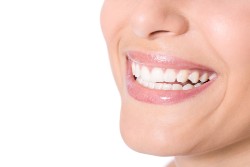 According to research, barberry extract has a pronounced anti-inflammatory effect and can be used to treat infectious diseases of the oral cavity: stomatitis, gingivitis.
According to research, barberry extract has a pronounced anti-inflammatory effect and can be used to treat infectious diseases of the oral cavity: stomatitis, gingivitis.
According to Experts from India, the plant can also be used as part of a periodontitis therapy regimen, as it has a pronounced antimicrobial effect.
It is recommended to include barberry in the nutrition regimens of children, as well as people predisposed to caries, in order to prevent the destruction of tooth enamel and the occurrence of infectious and inflammatory diseases of the oral cavity.
7. Skin benefits
 Employees of Tabriz University of Medical Sciences (Iran) discovered
that barberry is effective in fighting acne.
Employees of Tabriz University of Medical Sciences (Iran) discovered
that barberry is effective in fighting acne.
The plant has an anti-inflammatory and antimicrobial effect, thereby eliminating the cause of the development of this pathology. The main active ingredient is berberine.
Experimentally proven that the consumption of only 0.6 grams of dried barberry extract per day significantly reduces the incidence of infectious skin diseases.
Harm and contraindications
 Despite a number of proven healing properties, with excessive consumption or the presence of individual characteristics of the body, barberry can cause harm.
Despite a number of proven healing properties, with excessive consumption or the presence of individual characteristics of the body, barberry can cause harm.
Side effects include:
- Pregnancy complications. Barberry is strictly contraindicated for women during pregnancy. The components of the plant stimulate the activity of the uterine muscles and can cause miscarriage (in the early stages) or premature detachment of the normally located placenta (in the last weeks of pregnancy).
- Dyspeptic disorders. Usually manifest as vomiting or diarrhea.
- Transient renal dysfunction. When using barberry in unreasonable amounts, urine turns red (due to the presence of blood).
- Exacerbation of chronic diseases of the gastrointestinal tract (gastritis, enteritis, peptic ulcer) . The berry has a pronounced irritating effect on the mucous membranes.
- Allergic reactions . No cases of barberry allergy have been described in the scientific literature, however, this does not exclude the possibility of its development.
Rules of use
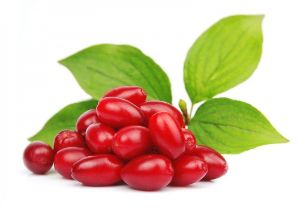 The recommended maximum daily allowance of fresh barberry is up to 150 grams. Exceeding this indicator is fraught with the development of side effects.
The recommended maximum daily allowance of fresh barberry is up to 150 grams. Exceeding this indicator is fraught with the development of side effects.
You should also not eat berries in the morning on an empty stomach or in the evening. Eating the plant on an empty stomach causes severe irritation of the mucous membranes of the gastrointestinal tract, and before going to bed - overload of the digestive system and the appearance of sleep problems.
Many dishes can be prepared on the basis of barberry. Its fruits are widely used in cooking for the preparation of juices, wines and liqueurs, desserts (sweets, jellies, jams, jams, syrups). Dried barberry berries, leaves and even the roots of the shrub are used in the preparation of teas, decoctions and tinctures.
Cooking Recipes
Below are several recipes based on barberry.
1. Tea made from leaves
Will require:
- 500 ml of boiling water;
- 30 grams of crushed plant leaves;
- Sugar and mint – to taste.
Recipe:
- Pour boiling water over the barberry. If necessary, add sugar.
- Cover with a lid and let stand for 10-15 minutes.
- Add sugar.
2. Jam
Ingredients:
- 1200 grams of barberry berries;
- 1200 grams of sugar;
- 400 ml of water.
Recipe scheme:
- Carefully select the berries, rinse, remove the stems.
- Pour the barberry with cold water and leave for 7-8 hours.
- Drain the water, add sugar to it. Bring to a boil and cook for 5-7 minutes over low heat until syrup is obtained.
- Add the berries to the syrup and cook for another 40-50 minutes on low heat. If necessary, roll it up in jars.
3. Tincture
Will require:
- 150 grams of barberry berries;
- 500 ml of vodka;
- 5 tbsp sugar.
Recipe:
- Sort the berries, remove the stems. Mash lightly with a spoon.
- Pour vodka over the berries, add sugar, cover with a tight lid and put in a dark, cool place for 30 days.
- Every two days – shake the vessel to mix the contents evenly.
Conclusion
- Barberry has proven medicinal qualities due to the content of a number of vitamins and antioxidants.
- It reduces the risk of developing metabolic syndrome, malignant tumors; improves the health of the oral cavity, gastrointestinal tract and skin.
- It is important to remember that the berry has a number of contraindications and is prohibited for use during pregnancy.
